Citation:
| REPRINT | 278 KB |
Abstract:
Geographic subspecies of several ithomiine butterflies on the lower east Andean slopes display a black and orange“melanic tiger” aposematic wing pattern that occurs from Colombia to Bolivia, while geographically adjacent lowland subspeciestypically bear a coloured, “tiger” pattern. However, it is not clear whether subspecies with similar wing patterns in different regionshave arisen through independent events of convergent adaptation, possibly through parapatric differentiation, or result from allopatricdifferentiation, as proposed by the refuge hypothesis. Here, we examine geographic patterns of divergence in the widespreadand common ithomiine butterfly Hyposcada anchiala. We present phylogenetic hypotheses for 5 subspecies of H. anchiala, basedon 1567 bp mitochondrial DNA. All topologies indicated that a single switch in mimetic pattern best explained the wing patterningof the H. anchiala studied here. This finding suggests that the subspecies of H. anchiala studied here result from at least two stagesof differentiation, and is consistent with a single colonisation into a novel altitudinal zone coincident with a wing pattern switch, followedby subsequent divergence within, rather than across altitudinal zones. The subspecies divergences indicated diversificationswere consistent with the Pleistocene. Furthermore, the lowland subspecies were more recently derived than the montane taxa, in contrastto predictions of the “Andean species pump” hypothesis.
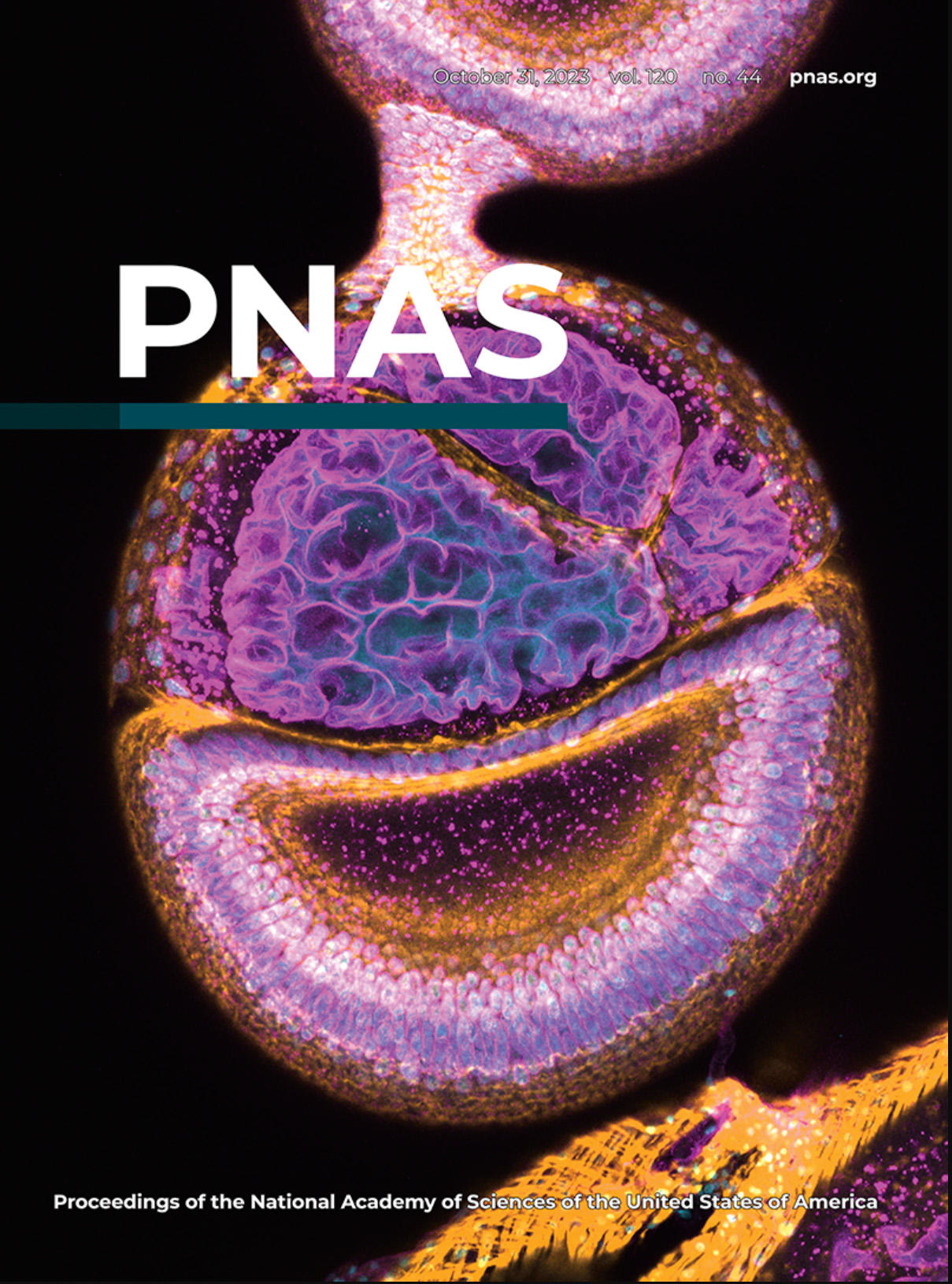
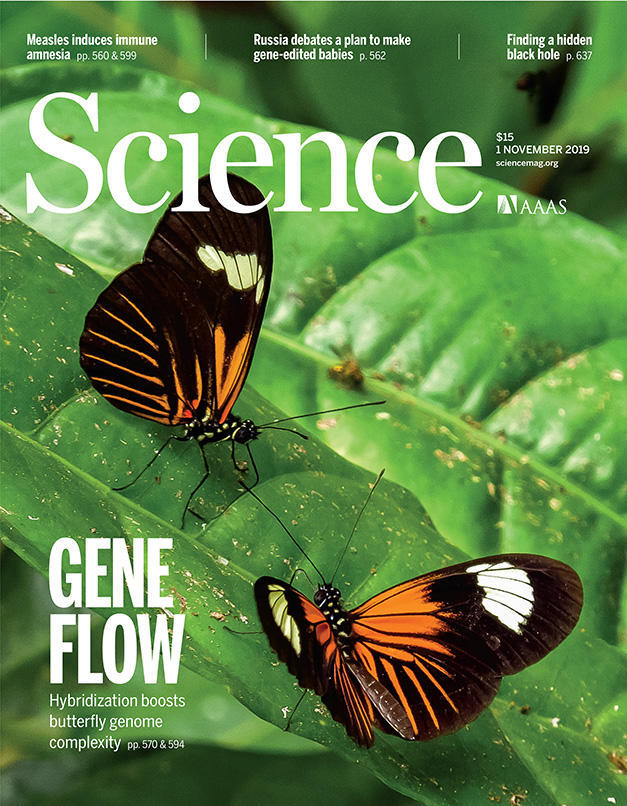
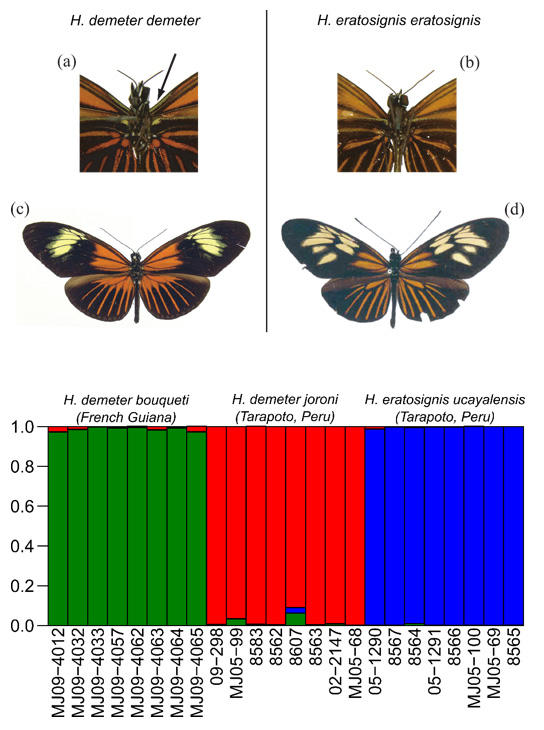

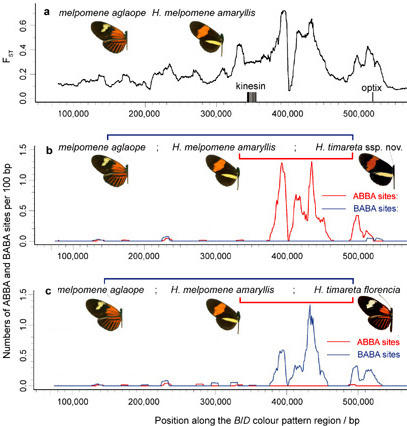
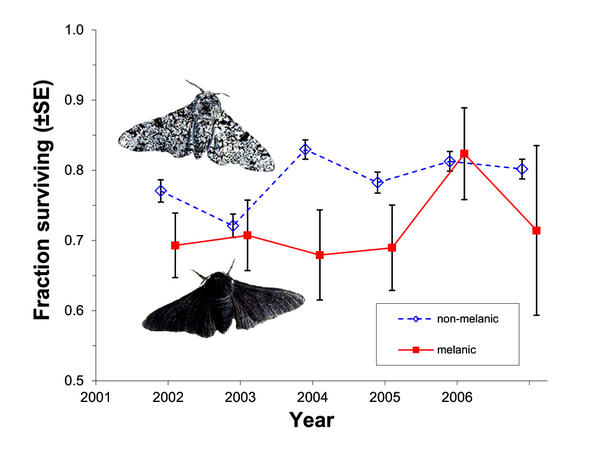 Selection against melanism in UK after the Clean Air Act.
Selection against melanism in UK after the Clean Air Act.